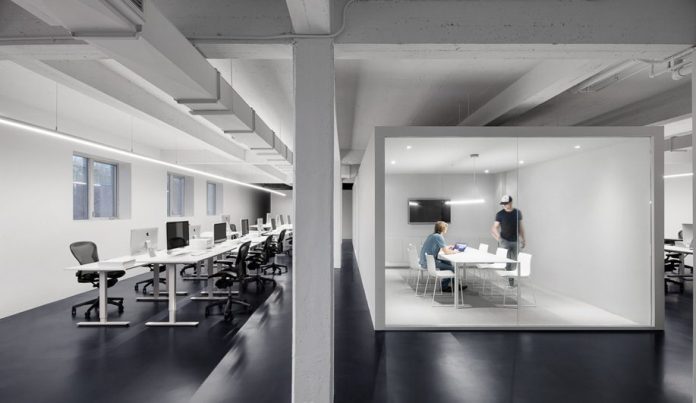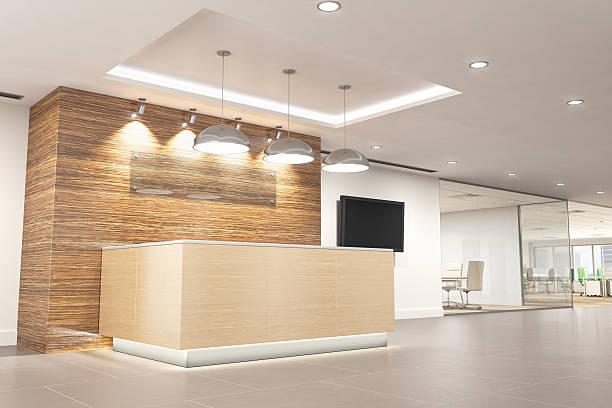Namibia, with its otherworldly landscapes and diverse wildlife, is a photographer’s paradise. From vast deserts to towering sand dunes, and from rugged mountains to expansive plains, Namibia offers a rich tapestry of natural beauty that beckons photographers from around the globe. Embarking on a photographic safari in Namibia is an immersive experience, offering opportunities to capture breathtaking moments in some of the most captivating settings on Earth.
Here are the 10 best spots for photographic safaris in Namibia:
1. Sossusvlei and Deadvlei
Located in the heart of the Namib Desert, Sossusvlei and Deadvlei are iconic destinations renowned for their towering red sand dunes and stark white clay pans. The contrast between the deep blue sky, the rich red sand, and the skeletal trees of Deadvlei creates a surreal landscape that is a photographer’s dream. Sunrise and sunset cast dramatic hues across the dunes, offering endless opportunities for stunning Namibia self-drives safaris adventure.
2. Etosha National Park
Etosha National Park is one of Africa’s premier Namibia wildlife safari destinations, home to a vast array of species, including elephants, lions, giraffes, and rhinos. The park’s expansive salt pan, surrounded by grasslands and mopane woodlands, provides a striking backdrop for wildlife photography. Waterholes attract animals in droves, offering intimate encounters and the chance to capture incredible moments of animal behavior.
3. Skeleton Coast
The Skeleton Coast is a hauntingly beautiful stretch of Namibia’s coastline, characterized by towering dunes, shipwrecks, and fog-shrouded beaches. This remote and desolate landscape offers a unique opportunity for photographers to capture the raw power of nature and the eerie beauty of the desert meeting the sea. From dramatic seascapes to abstract compositions of rusting hulls, the Skeleton Coast is a photographer’s playground.
4. NamibRand Nature Reserve
As one of Africa’s largest private nature reserves, NamibRand offers pristine wilderness and unparalleled night skies. With minimal light pollution, the reserve boasts some of the clearest and darkest skies on the continent, making it a mecca for astrophotography. By day, photographers can explore the diverse landscapes, from rolling sand dunes to rocky outcrops, in search of elusive desert-adapted wildlife.
5. Fish River Canyon
The Fish River Canyon is one of the largest canyons in the world, rivaling even the Grand Canyon in scale and grandeur. Carved over millions of years by the Fish River, the canyon offers breathtaking vistas and dramatic rock formations that lend themselves to stunning landscape photography. Hiking trails along the rim provide unique vantage points for capturing the canyon’s rugged beauty.
6. Damaraland
Damaraland is a rugged and remote region characterized by towering granite mountains, expansive plains, and ancient rock art sites. Its stark beauty and unique geological formations make it a haven for landscape photographers seeking out the essence of wild Africa. Damaraland is also home to desert-adapted elephants and black rhinos, offering opportunities for intimate wildlife encounters against a backdrop of rugged beauty.
7. Kaokoland
Kaokoland is one of Namibia’s last true wilderness areas, home to traditional Himba villages, rugged mountains, and vast desert landscapes. Photographers can capture the timeless beauty of the desert and its inhabitants, from herds of desert-adapted elephants to nomadic tribespeople navigating the harsh terrain. Kaokoland offers a glimpse into a vanishing way of life, making it a compelling subject for documentary-style photography.
8. Spitzkoppe
Spitzkoppe, often referred to as the Matterhorn of Namibia, is a striking granite peak rising dramatically from the surrounding desert plains. Its surreal rock formations and sweeping vistas make it a favorite destination for landscape photographers seeking out unique compositions. Camping beneath the stars allows photographers to capture the Milky Way arching overhead, creating truly magical nightscapes.
9. Caprivi Strip
The Caprivi Strip is a narrow stretch of land in the northeastern corner of Namibia, characterized by lush wetlands, dense forests, and meandering rivers. Its rich biodiversity and pristine landscapes offer endless opportunities for wildlife photography, from majestic elephants bathing in the river to colorful birdlife flitting through the treetops. Boat safaris along the Zambezi and Chobe Rivers provide unique perspectives on this remote and unspoiled wilderness.
10. Namib-Naukluft National Park
Encompassing a vast expanse of desert and mountains, Namib-Naukluft National Park is home to some of Namibia’s most iconic landscapes, including the towering dunes of Sossusvlei and the rugged mountains of the Naukluft Range. Photographers can explore endless sand dunes, rocky gorges, and ancient riverbeds, capturing the timeless beauty of the desert in all its glory.
In conclusion, Namibia offers a wealth of photographic opportunities for both amateur and professional photographers alike. Whether capturing the stark beauty of the desert, the rich biodiversity of its national parks, or the timeless traditions of its indigenous peoples, Namibia never fails to inspire awe and wonder. Embarking on a photographic safari in Namibia is not just about capturing images; it’s about immersing oneself in the raw beauty of Africa and experiencing the magic of the wild firsthand.














